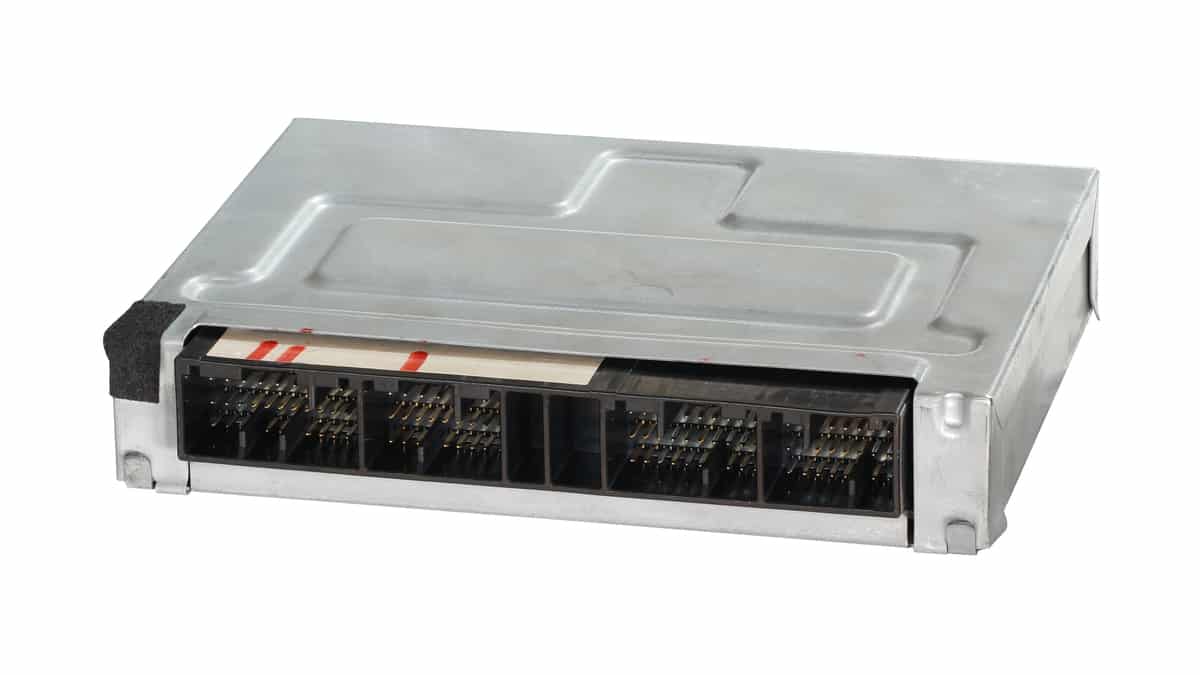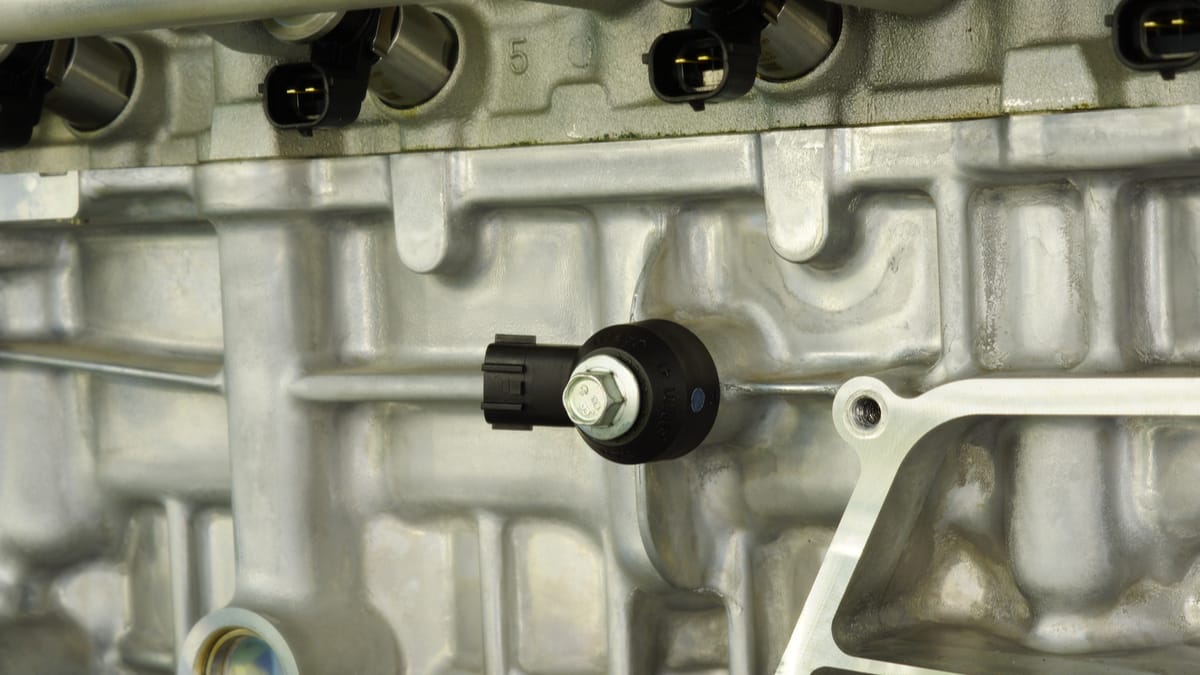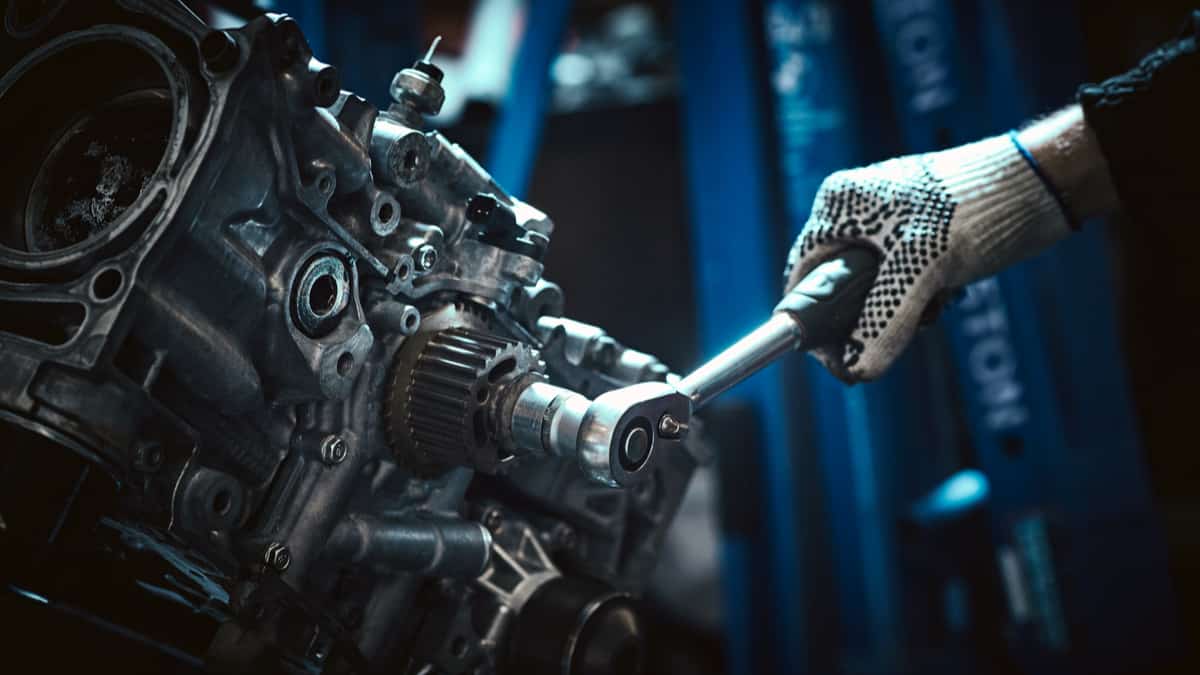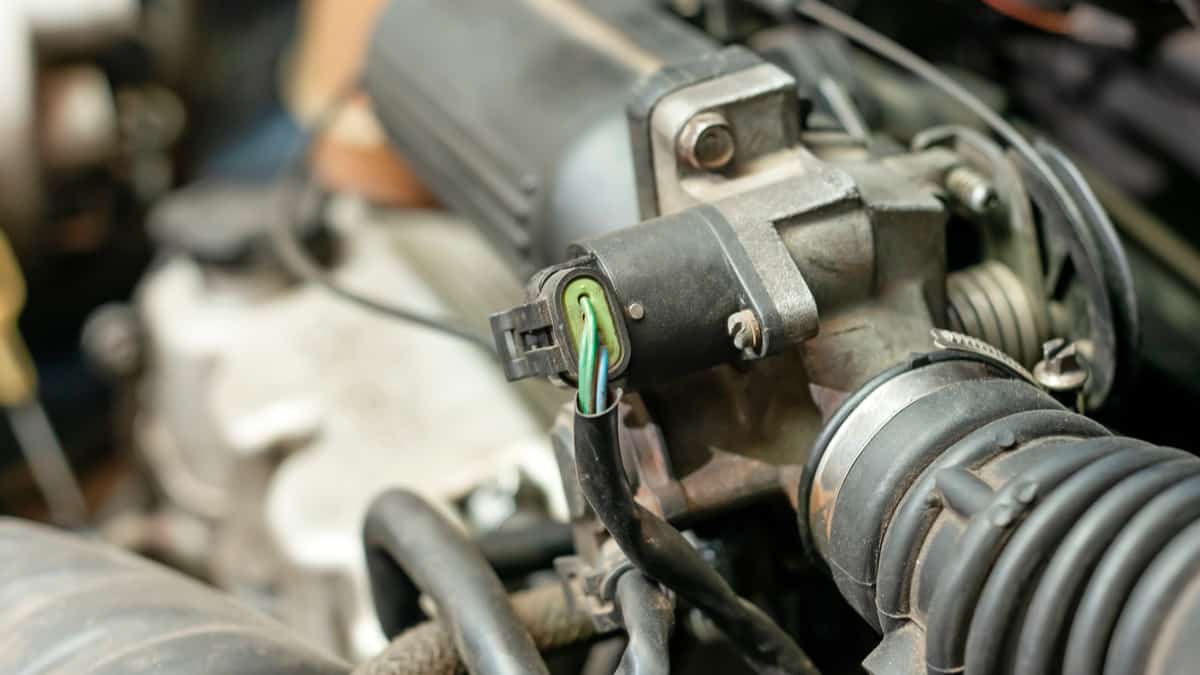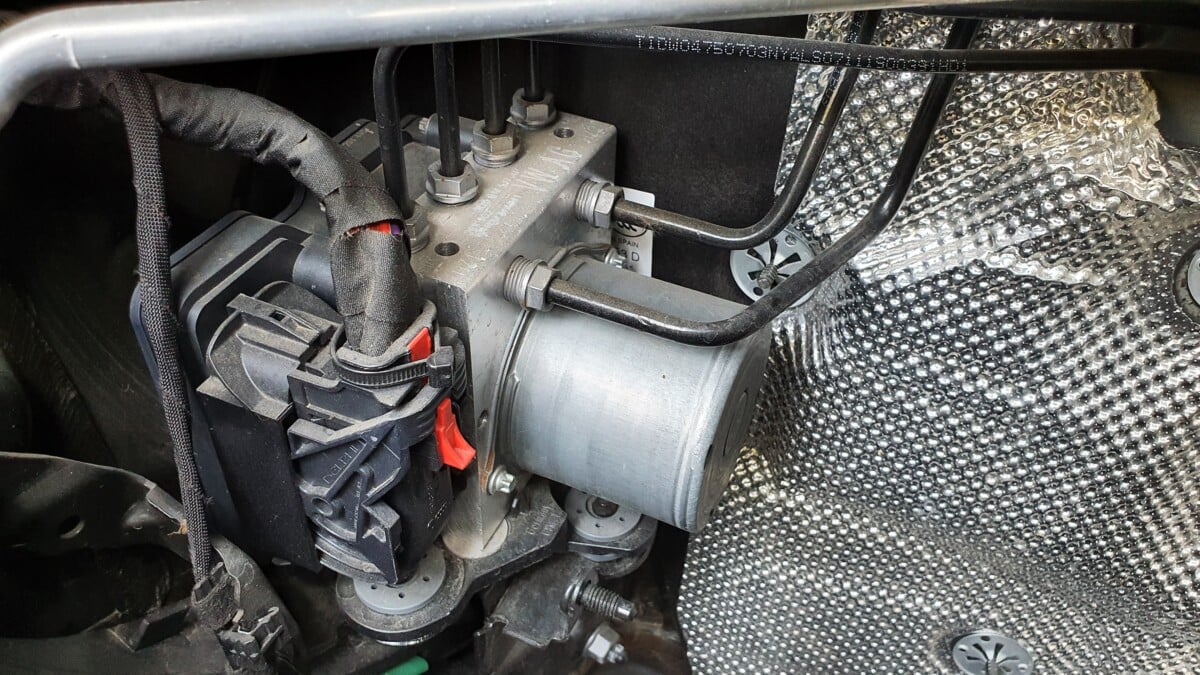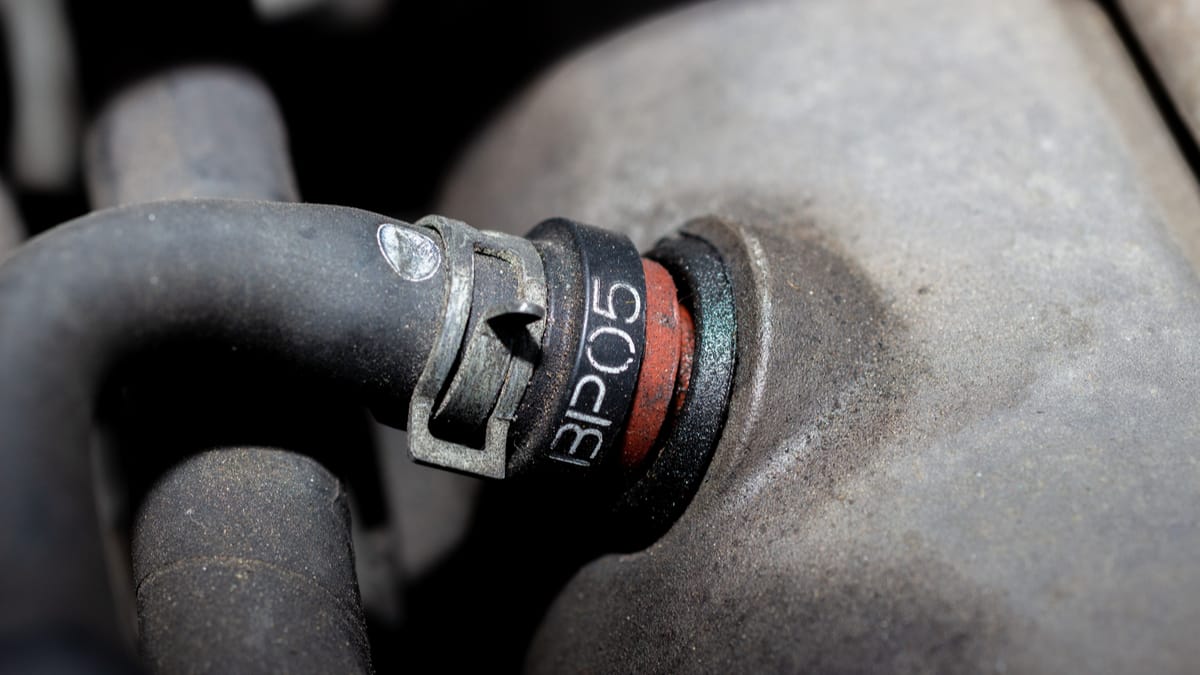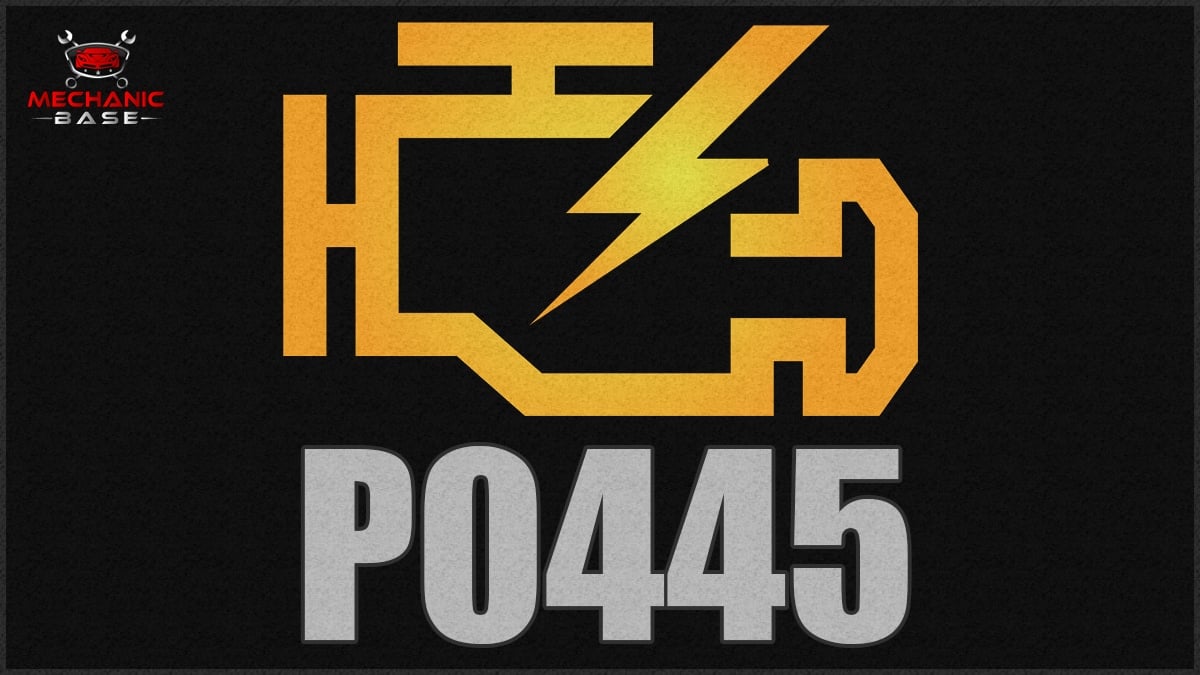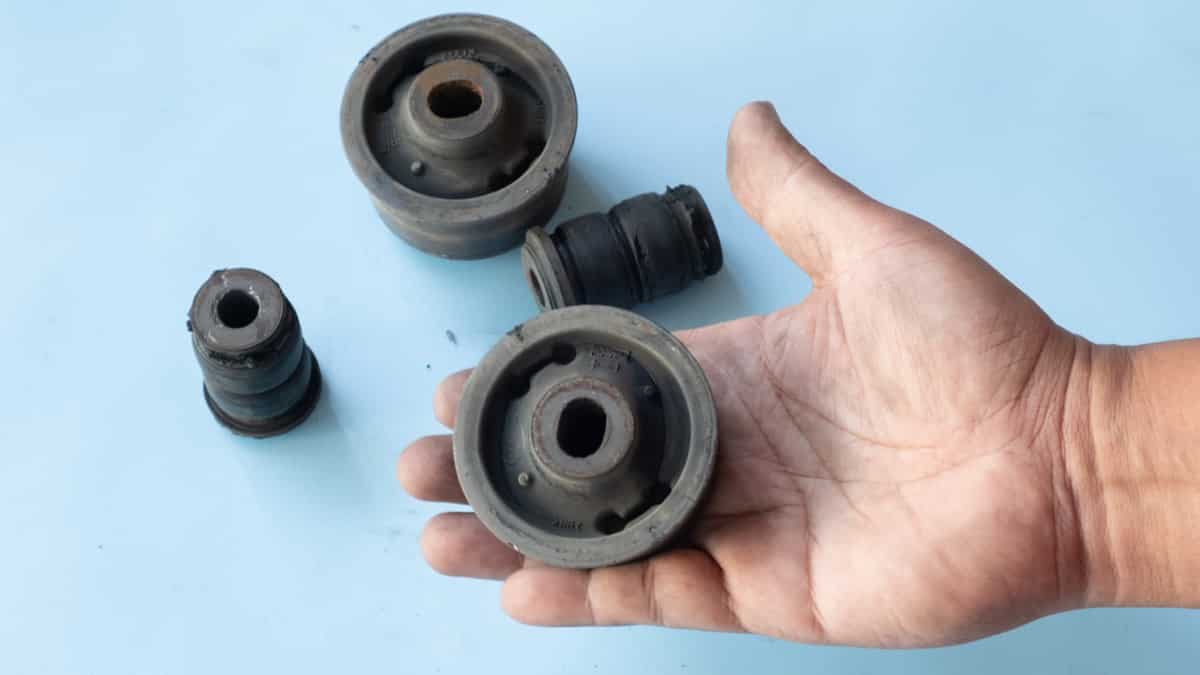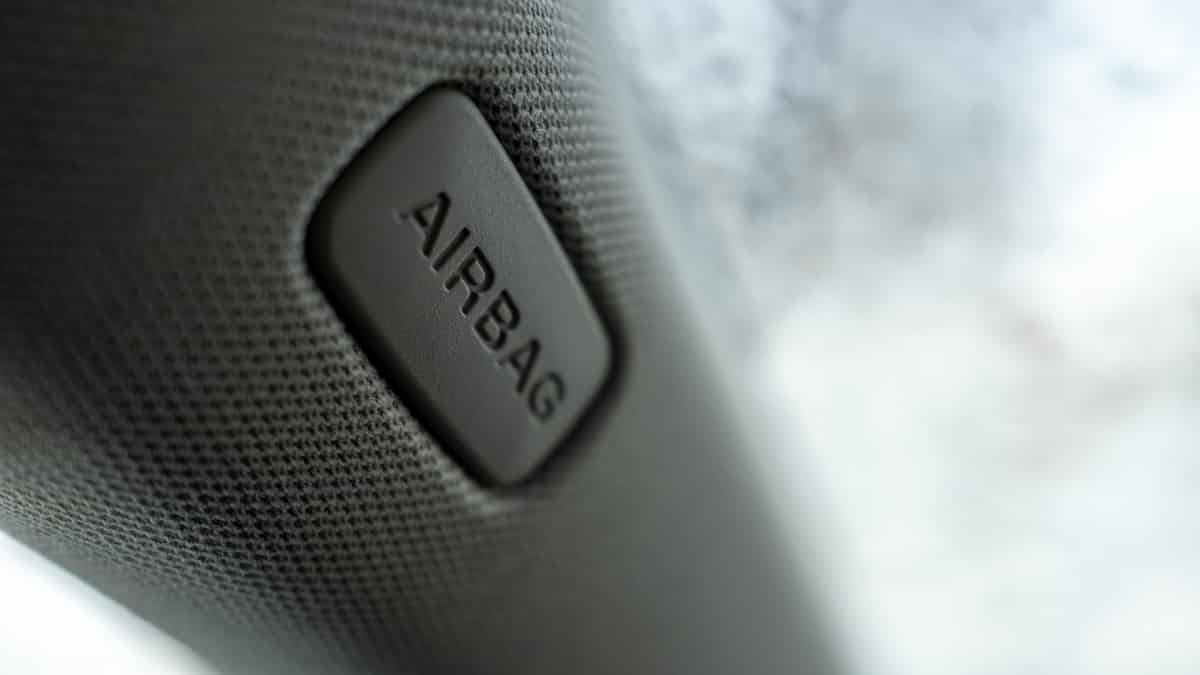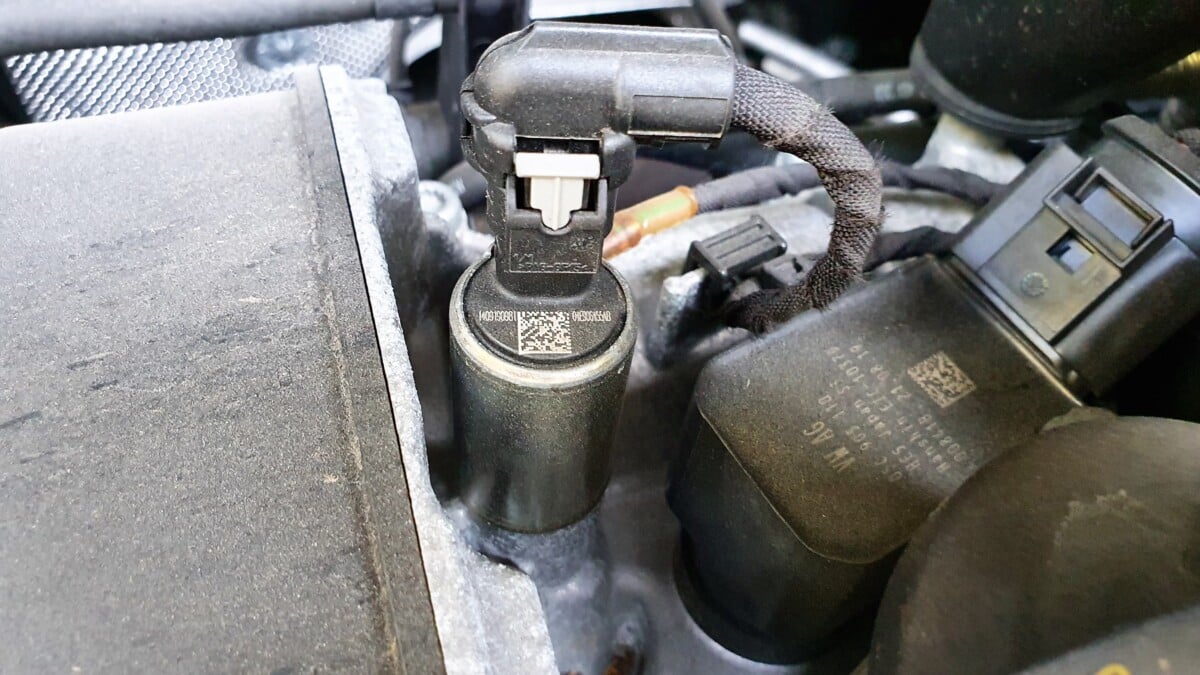The Engine Control Unit (ECU) can be seen as the brains behind all vehicle operations. It’s rare for this part to fail completely, but it can happen. That’s why it’s important to know the symptoms of a bad Engine Control Unit (ECU), so you can head off any problems.
In this guide, we cover the top bad ECU symptoms and reveal its purpose. We also look at the location of the ECU, show you how to troubleshoot issues and give you an approximate cost for the repair.
Symptoms Of A Bad Engine Control Unit
Many of the symptoms mimic other problems. You should see a Check Engine Light and the motor may stall. It’s also going to affect the engine performance and cause increased fuel consumption. You may also notice a rough idle and have trouble starting the engine.
Here are six of the most common symptoms you may notice.
1. Check Engine Light
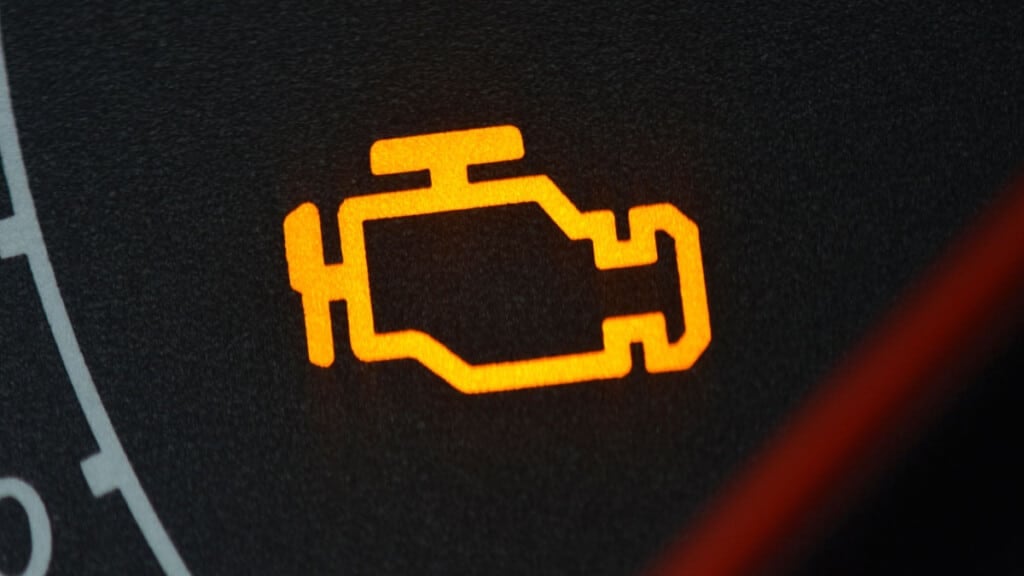
When a problem occurs with the ECU, you can count on the Check Engine Light to illuminate. Yet, this problem alone doesn’t indicate a issue with the computer. Any fault with the major automotive systems can cause this light to come on.
With around 11,000 trouble code definitions, you know that many faults lead to warning lights. For that reason, we recommend having an advanced code scanner and referencing our DTC library to determine what’s causing the light to come on before making any assumptions.
2. Stalling Engine

Before or after the light goes on, you may also notice the engine start to struggle. It can misfire or stall if it gets bad enough. These issues can occur randomly or in a pattern, but these are problems that also mean other things could be wrong.
If the engine control module doesn’t read the information correctly and starts sending out false data, the various systems will try to overcompensate for these malfunctions, leading to a rough ride. The issues can also get worse over time.
3. Poor Fuel Economy

To ensure proper combustion, there must be a good balance between air and fuel. When the ECM starts to fail, these readings won’t be understood, so the balance can be off. What happens, as a result, is too much fuel is injected for combustion.
The condition is known as running rich. Because of this added fuel, you are going to spend more at the pump.
4. Low Engine Performance
On the other hand, the opposite can also occur. If the ECM keeps the fuel from getting to the combustion chamber, it will feel like the car is starving. When you push on the gas pedal, it could take some extra time before the vehicle starts to respond.
As you put an added load on the car, such as when you try to climb a hill or you are towing, you may notice even more performance issues. It’s not uncommon for the vehicle to vibrate or shake when it’s pushed too hard.
5. Rough Idle
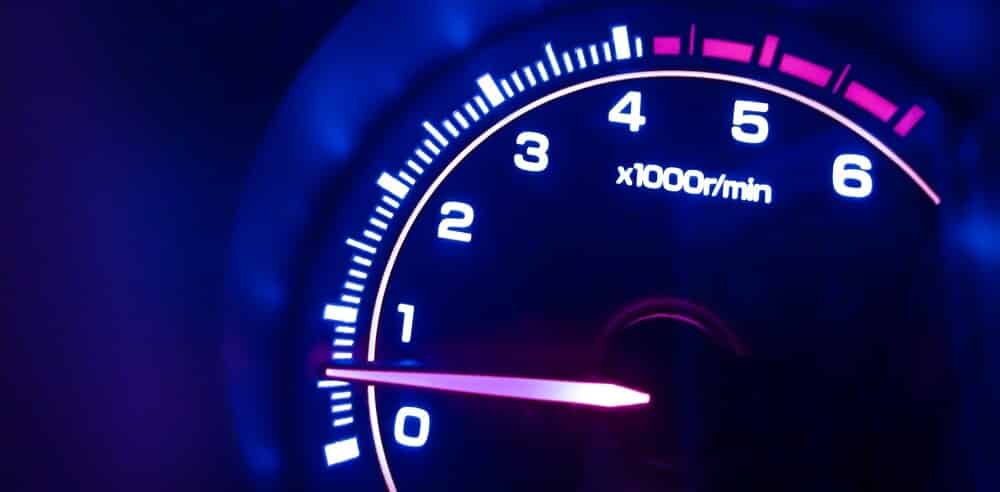
A lack of fuel also increases the chances of dealing with a rough idle. A normal car idle is normally between 600 and 1,000 RPMs. If you notice yours isn’t within that range, it’s clear there is a problem with either the engine, ECM or other vital components.
In some instances, the rough idle can get so bad that it feels like the engine might stall. If the car stalls in the middle of traffic and you experience the next symptom, you may be in danger.
6. Car Won’t Start
The worst possible problem is that your car won’t start at all. Depending on the severity of the defect, you may only notice a small stumble when initially starting up, but the problem may get worse over time.
There’s also the chance that if the ECM fails, the vehicle stops running with no warning. Without the computer to guide how the vehicle starts, it won’t know what to do. Therefore, you may be able to crank the engine, but nothing happens after that.
As with all of these symptoms, you can’t determine that the ECU is bad based on any of these indications. They are all symptoms of a multitude of other problems.
What’s The Function Of An Engine Control Unit?
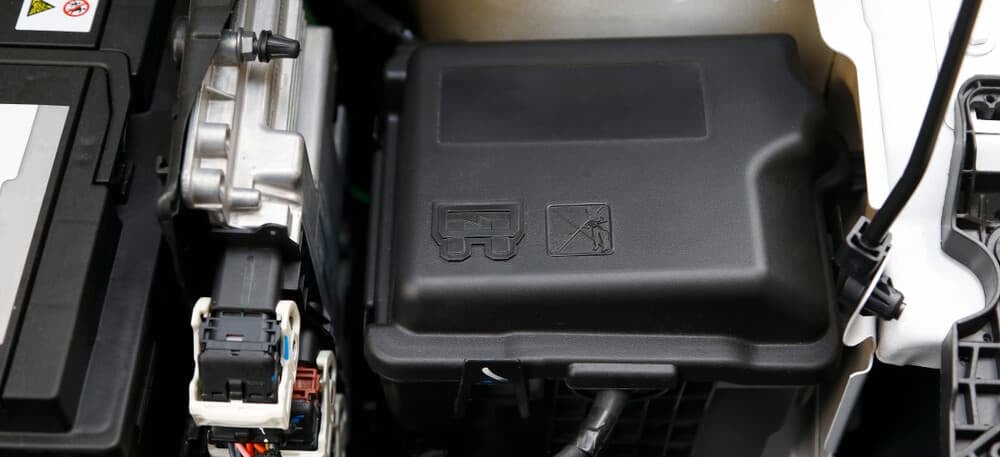
The Engine Control Unit (ECU) or Engine Control Module (ECM) is designed to oversee all vehicle operations. By working in conjunction with all of the systems, the ECU helps determine what needs to be adjusted for maximum performance.
The ECU needs to read all of the data from the connected systems. Then, the information is sent to other modules and sensors, so the appropriate adjustments can be made. With this control, the computer is able to monitor the air-fuel mixture for complete combustion.
Here are just a few of the vital functions of the ECU.
- Air-fuel ratio: The ECM determines if the mixture is running lean or rich by reading the data from the sensors. It receives information from the oxygen (O2) sensors, manifold absolute pressure (MAP) sensors and mass airflow (MAF) sensors.
- Idle speed: The ECM monitors the camshaft and crankshaft sensors to determine the RPM and engine load. This is read by the engine’s rotation speed.
- Ignition timing: The ECM has control over when each spark plug is fired for combustion. By timing it perfectly, the vehicle achieves superior fuel economy.
- Variable valve timing: The ECM regulates the timing of the valves opening. By ensuring the valves open at just the right time, the vehicle receives maximum power without sacrificing fuel economy.
Before ECUs were used, the air-fuel mixture, ignition timing and idle speed were all adjusted mechanically. Differing pneumatic and mechanical methods were employed that all needed to work together. Today, the ECUs have automated everything, making it easy for the vehicle to process all of the data and make quick adjustments when needed.
Where Is The Engine Control Unit Located?
Every vehicle has the ECU in a particular place, so there’s no telling where it might be installed. Yet, no matter what vehicle you drive, it’s normally easy to get to, so you shouldn’t have to do a lot of digging.
The ECU can be in the engine compartment, but some automakers put it under the dashboard, behind the glove box or under the driver’s seat. Therefore, it’s always best to reference your vehicle’s service manual to get the exact location.
How Do You Test An Engine Control Unit?
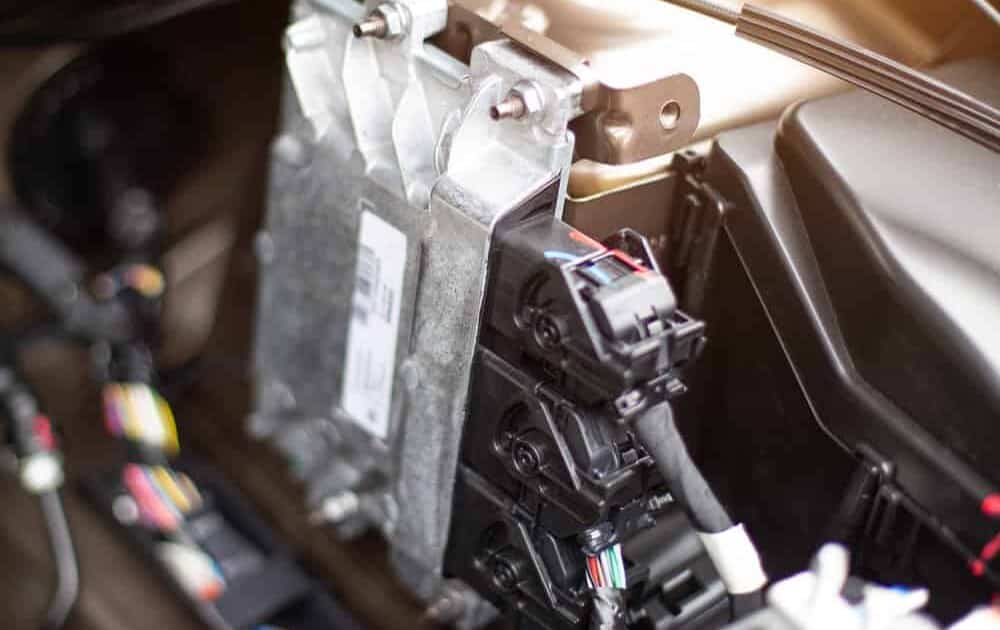
The best way to test the ECU is to connect your compatible code scanner to see what’s going on. You can read all of the error codes and get a better idea of what’s wrong.
Here are just a few of the codes you may see.
- P0600: Serial Communication Link (indicating an issue with the sensors connected to the computer, possibly even a wiring problem).
- P0606: PCM Processor Fault (indicating a problem with the Powertrain Control Module, with many of the same symptoms as a bad ECU).
The trouble with diagnosing an issue with the ECU is that the symptoms relate to just about everything. Any of these issues can include some of the same symptoms.
- Bad ignition coils
- Faulty spark plugs
- Defective fuel injectors
- Malfunctioning sensors (mass air flow, oxygen, etc.)
- Bad throttle position sensor
- Faulty electrical connection or wiring
As professional mechanics, when we see an error code, we typically diagnose the part that it’s referring to first. If the diagnosis doesn’t reveal anything, we start to look at the possibility of a bad ECU. However, if you are noticing multiple codes about different symptoms, the problem could actually be the ECU failing in multiple areas.
How Much Does It Cost To Replace An Engine Control Unit?
If you have figured out that the engine control unit is actually bad, you have to replace it. There’s really no way to repair it unless it simply needs to be updated for some reason. The average cost of an engine control unit is between $350 and $1,500. Reprogramming and installation may add another $100 to $300.
Therefore, your total may be between $450 and $1,800. However, there are many factors affecting this price.
- Vehicle type: luxury vehicles tend to have higher-priced ECUs versus cheap, compact cars.
- Average labor costs: mechanics often charge more in urban areas versus rural areas.
- DIY/professional installation: while you may be able to install the ECU yourself, it needs to be reprogrammed, which typically must be done at the dealership.
If you want to save some money, you may be able to purchase a refurbished ECU, but this practice is risky. These computers don’t normally come with a warranty, and you may end up with all-new problems.
Is it OK to drive with a bad ECU?
No, you shouldn’t drive with a failing ECU. Because this module controls so many operations, you could experience severe drivability issues, even to the point of stalling while in the middle of traffic. Instead, replace the ECU right away to ensure the car runs as intended.
Can I replace an ECU myself?
Yes, you can put a new ECU in yourself, as most of the modules are easy to find. However, these computers need to be programmed, which must usually be done by the dealership. If you put a new ECU in and can’t program it, you may not be able to drive the vehicle.
Can AutoZone test an ECU?
AutoZone and other auto parts stores will test a lot of equipment, such as the battery, alternator and starter. However, these stores don’t have the capability to test the ECU. You want to visit a local mechanic if you need more help determining what’s wrong and for the repairs.
Can a bad ECU cause transmission problems?
Because all of the modules work together to ensure a smooth drive, it’s possible to feel some transmission issues when the ECU is going bad. These issues can also be caused by a failing Transmission Control Module (TCM) or Powertrain Control Module (PCM), so a proper diagnosis is needed.
What is the life expectancy of an ECU?
The ECU is designed to work for the lifetime of a vehicle. Yet, it’s an electronic component, so it’s always prone to failure and defects. With most vehicles, the ECU continues working to at least 100,000 miles, if not more, without a problem, so there’s little to worry about.
In the rare instance that your ECU has gone bad, you are going to notice some serious drivability issues. Without the control module determining proper idle speed, air-fuel ratios and timing, you are going to have problems driving like you are used to.
By reading the computer codes and evaluating the symptoms, you may be able to determine if the ECU is bad. However, it’s also normal to need further guidance from a professional if you aren’t sure what you are looking at.

